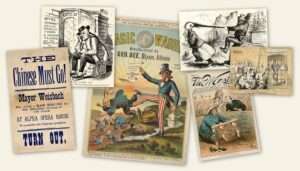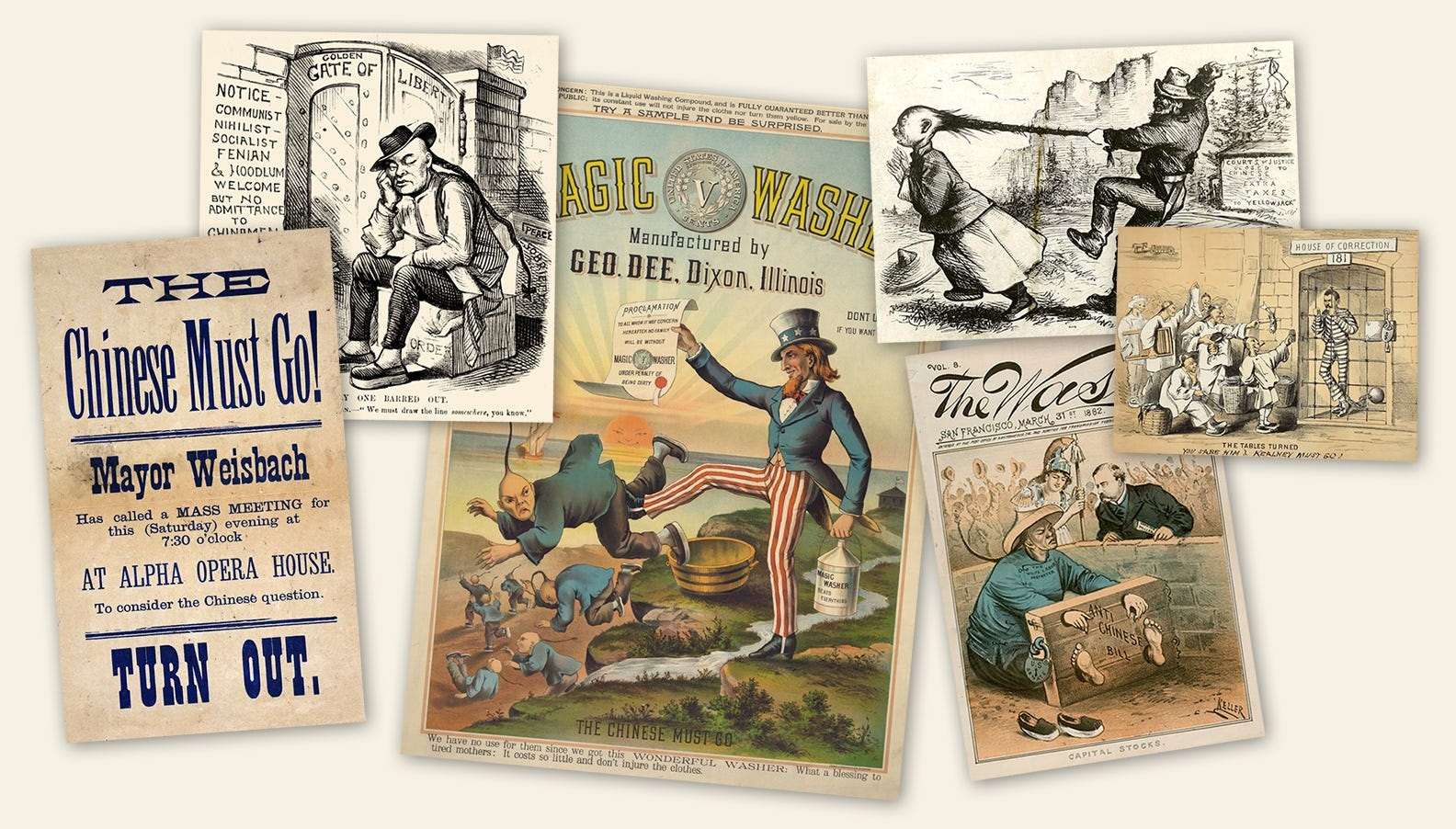
The Chinese Exclusion Act of 1882, which barred most Chinese immigration, was one of the most important immigration restrictions in American history. It barred large numbers of Chinese immigrants, condemning them to a life of poverty and oppression. It also set the stage for later immigration restrictions. Perhaps even more significantly, it led to the Supreme Court’s awful ruling in the 1889 Chinese Exclusion Case, which ruled that the federal government had a general power to restrict migration, despite the absence of any textual or originalist basis for it. That, of course helped make future immigration restrictions possible. Elsewhere, I have argued the Chinese Exclusion Case should be added to the “anti-canon” of constitutional law.
A new study for the National Bureau of Economic Research, authored by economists
This paper investigates the economic consequences of the 1882 Chinese Exclusion Act, which banned immigration from China to the United States. The Act reduced the number of Chinese workers of all skill levels residing in the U.S. It also reduced the labor supply and the quality of jobs held by white and U.S.-born workers, the intended beneficiaries of the Act, and reduced manufacturing output. The results suggest that the Chinese Exclusion Act slowed economic growth in western states until at least 1940.
This should not be a surprising result. Immigrants contribute disproportionately to economic growth and innovation, and nineteenth-century Chinese immigration did so as well. The result is also consistent with modern data indicating that mass deportations of immigrants destroy more jobs for native-born citizens than they create.
The study does not prove that no white workers were ever displaced by Chinese immigrants. Some almost certainly were. The authors of the NBER study point this out and note that the Exclusion Act benefited “local” white miners competing with Chinese miners. But such effects were outweighed by the much larger number of white workers who benefited from Chinese migration, including the associated job opportunities it created. The economy is not a zero-sum game, and the interests of workers from different ethnic and racial groups are more mutually reinforcing than conflicting. I explained this dynamic in a bit more detail here.





